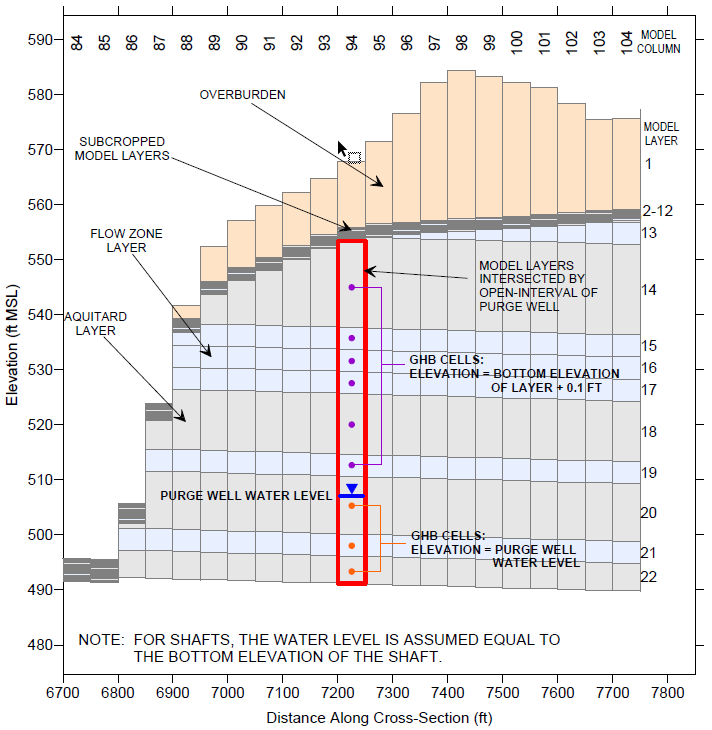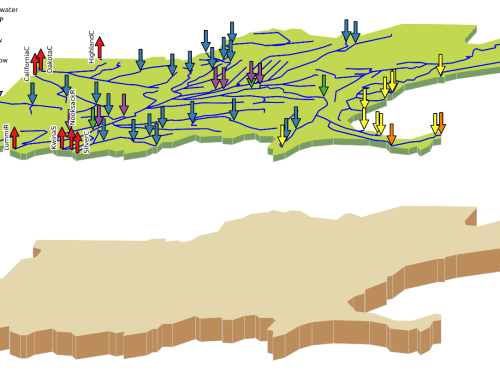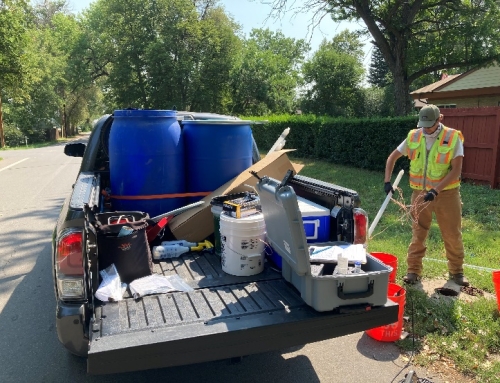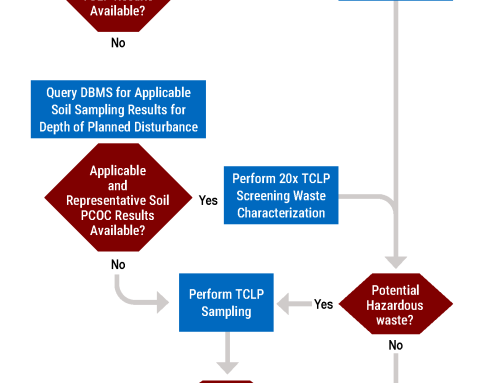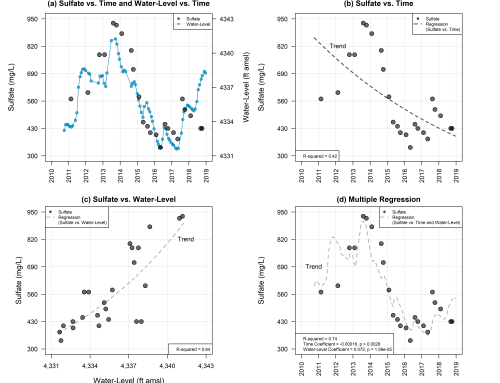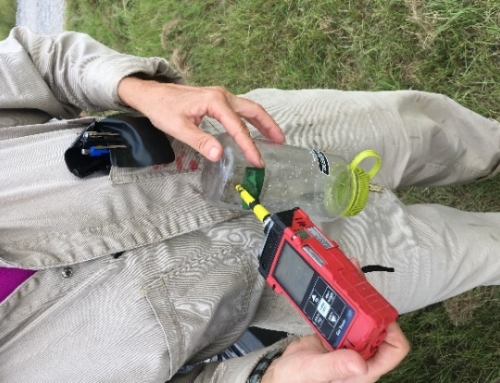SSP&A was retained by Glenn Springs Holdings, Inc., and Miller Springs Remediation Management, Inc. – both subsidiaries of Occidental Petroleum – to assemble, calibrate, and apply a numerical model of groundwater flow at the Hyde Park Landfill Site in Niagara Falls, New York. The Hyde Park Landfill is a hazardous waste landfill where approximately 20,000 tons of chlorinated compounds (primarily DNAPLs) were disposed in a fractured rock setting. The model was developed to provide a qualitative and quantitative framework for evaluating existing and alternative remedial systems.
An extensive data review was conducted during the development of the conceptual model for the Site. The calibrated model was used to evaluate the performance of the remedial pumping between March 1999 and March 2000.
SSP&A’s analyses of the remedy performance indicated that the then-current pumping system at the Hyde Park Landfill Site did not achieve the remedial objective of containment of groundwater within the NAPL plume boundaries. SSP&A subsequently led the re characterization of the Site and formulated a new Conceptual Site Model. SSP&A directed data collection, including the preparation of work plans and the review of data as they were collected.
Data collection efforts included down-hole geophysics (CCTV, temperature, caliper, and other logging methods to identify fractures), borehole flow-meter profiling using high-sensitivity impellor and EM flow logging methods, petrophysical testing, and hydraulic testing of discrete intervals using packers and variable-displacement slug testing. The extensive data collected during the site re characterization were used to develop a refined numerical groundwater flow model.
Innovative approaches were applied to analyze the data from monitoring wells open across multiple flow zones. SSP&A’s modeling efforts included advanced techniques to simulate purge well performance in a complex fractured rock site. Modeling was used as one of multiple lines of evidence to confirm that the improved remedy hydraulically contained the NAPL target zone.
SSP&A’s tasks included:
- Working as a collaborative team to resolve challenging issues at a nationally prominent site;
- Evaluating hydraulic and chemical data to assess remedial action performance;
- Developing detailed comprehensive site characterization and monitoring reports; and
- Developing a groundwater model to support the site re-characterization.
The combination of comprehensive site investigations, intensive monitoring, and modeling demonstrated that hydraulic containment was being achieved at the site.
The Hyde Park Landfill site was removed from the National Priorities List in 2006.

